A Visual Guide to Osteoporosis

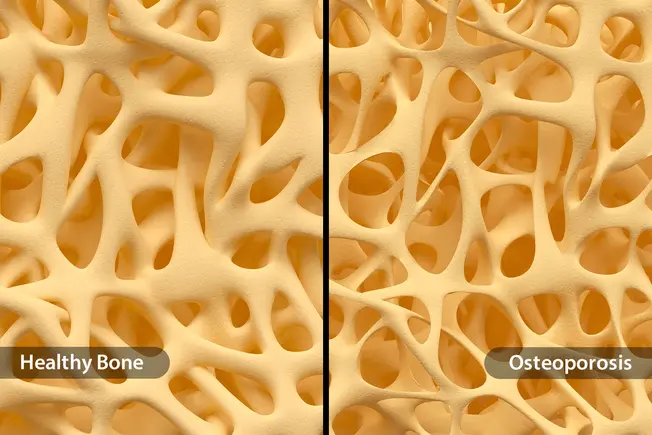
What Is Osteoporosis?
Osteoporosis is a disease you get when you lose bone faster than you make it. “Osteo” means bone, and “porosis” means porous (full of holes). The bone loss of osteoporosis makes your bones weak, brittle, and fracture easily.
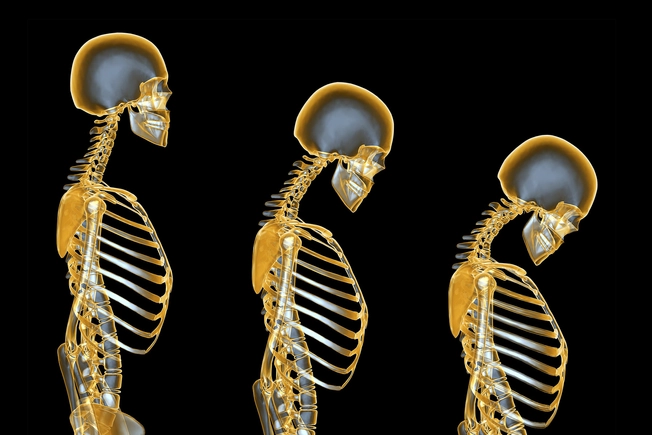
Symptoms
You probably won’t have any symptoms in early-stage osteoporosis. Once your bones get weak enough, you might start having back pain from fractured or collapsed vertebrae. You may also start leaning forward in a stooped position and measure an inch or two less than before your bone loss.
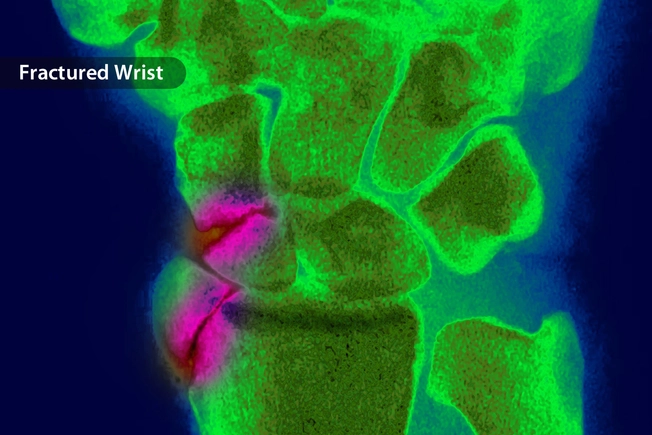
Fractures
Sometimes a bone fracture is the first way you know you have osteoporosis. Fractures can happen in any bone, but are most common in your hip, wrist, and spine. It doesn't take a fall to cause a fracture in weak bones. You can get one climbing stairs, lifting heavy objects, or even leaning forward. These kinds of fractures can cause long-term chronic health problems.
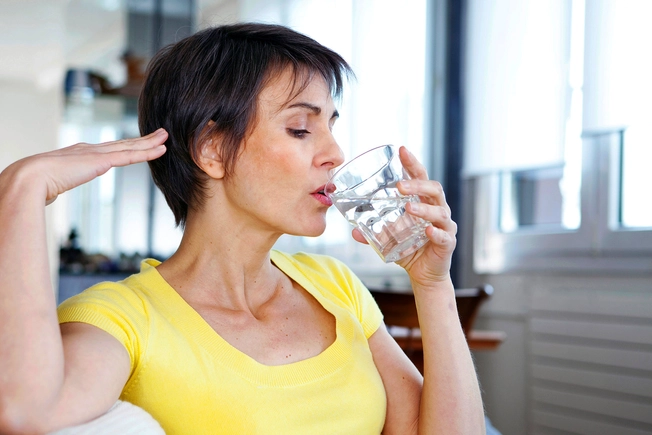
Causes
Estrogen is a hormone that helps you build and protect bone. When estrogen levels are low you lose bone. You also lose bone during and after menopause when your ovaries stop making estrogen. Your risk of getting osteoporosis goes up if you didn’t build enough bone as a child from an eating disorder, lack of vitamin D or calcium, lack of exercise, or another health problem.
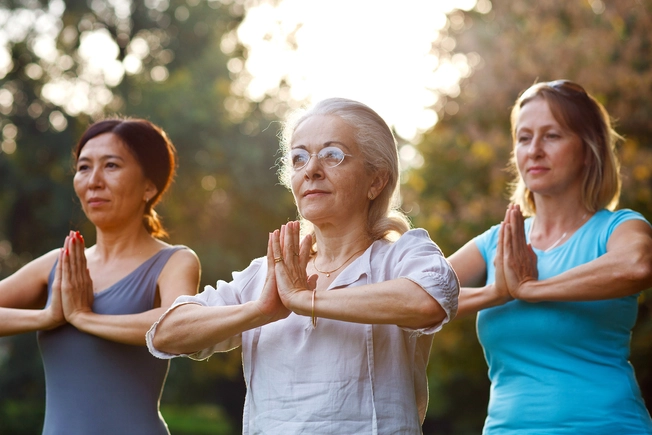
Risk Factors
Osteoporosis can happen at any age, but it’s most common in adults over 50. Women are four times more likely to get it than men. Your chance of bone loss goes up if you’re Asian or white, have a small body frame, and if you have a family member with osteoporosis -- especially if that family member fractured a bone.
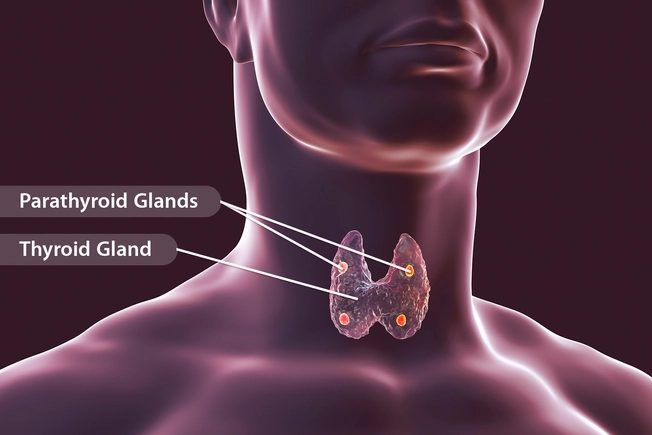
Other Risk Factors
As your sex hormones (testosterone and estrogen) go down with age, your risk goes up. Some cancer treatments also lower these hormones. Too much thyroid hormone or an overactive parathyroid or adrenal gland can bump up your risk, as can other conditions like celiac, kidney, or liver disease, lupus, inflammatory bowel disease, and rheumatoid arthritis. Steroids, like prednisone, can also increase your risk.
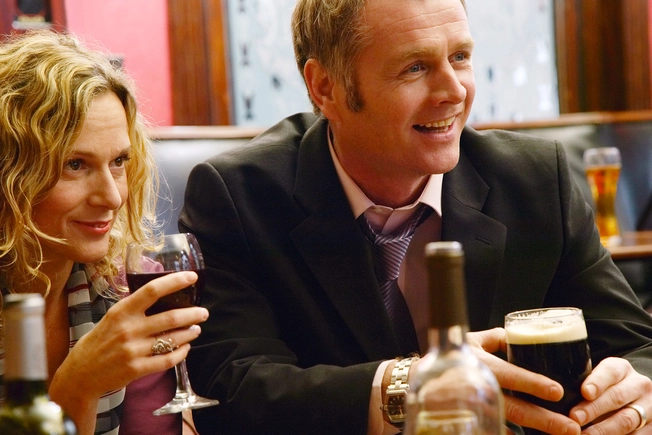
Lifestyle Risk Factors
If you don’t get much physical activity, your bones get weaker over time. Drinking more than two alcoholic beverages a day ups your risk, as does tobacco use.
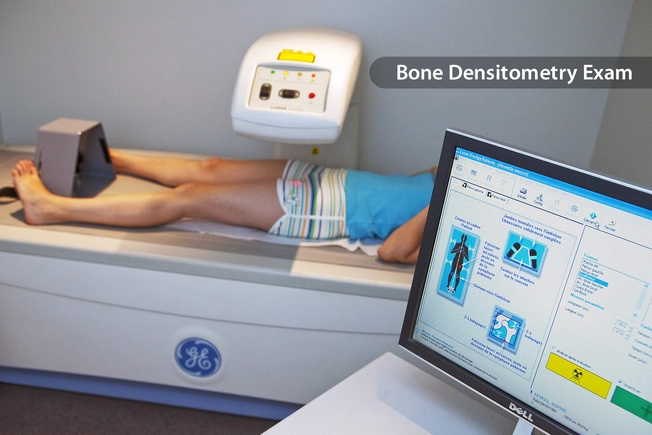
Diagnosis
To tell if you have osteoporosis, the doctor will need to test your bone mineral density (BMD). The most common test for checking BMD is a special type of X-ray called a central dual-energy x-ray absorptiometry (DXA). Your result, or T-score, tells your doctor whether your bone density is normal or if you have mild bone loss (osteopenia) or osteoporosis.
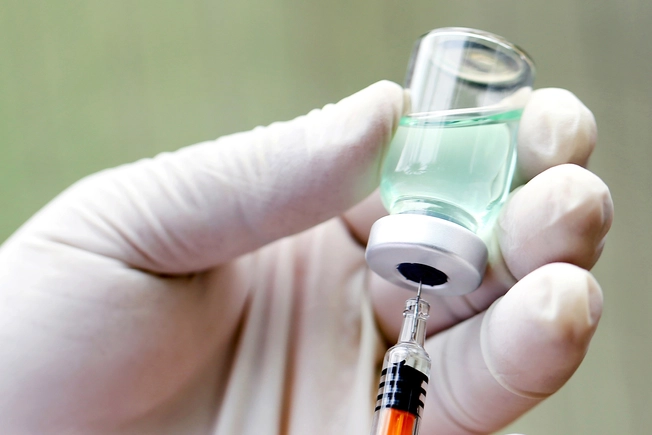
Treatment
Your doctor can prescribe a medication that prevents bone loss or builds up new bone. Some of these medications, such as bisphosphonates and selective estrogen receptor modulators (SERMs) are pills. One is a shot. You’ll get others, including a type of hormone and an immune therapy, as shots. The doctor may also tell you to get more calcium and vitamin D, along with more exercise.

Prevention Diet
Calcium and vitamin D are both key for bone health. You need vitamin D to help you absorb calcium. You may be able to get some of it from the sun, but you'll also need to eat food rich in vitamin D. Many people also need a supplement. Calcium-rich foods include low-fat dairy, leafy greens, salmon or sardines with bones, soy, and calcium-fortified cereals or orange juice.
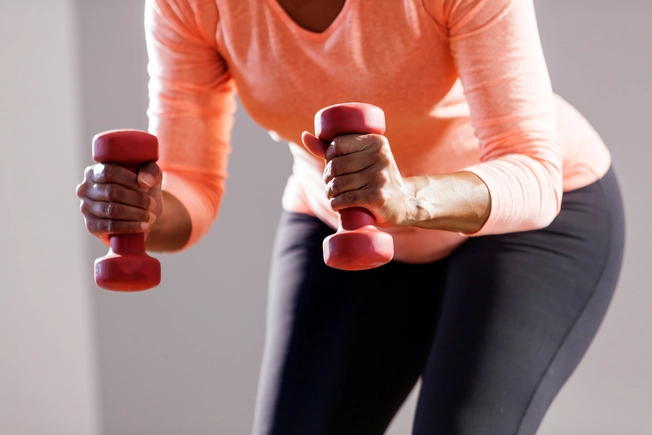
Prevention: Build Strength
Exercise, especially weight-bearing moves, keeps bones strong as you age. Walking counts! Aim for 30 minutes of physical activity 5 days a week, or 2.5 hours overall. Your muscles will also benefit, and you’ll be better able to prevent falls.
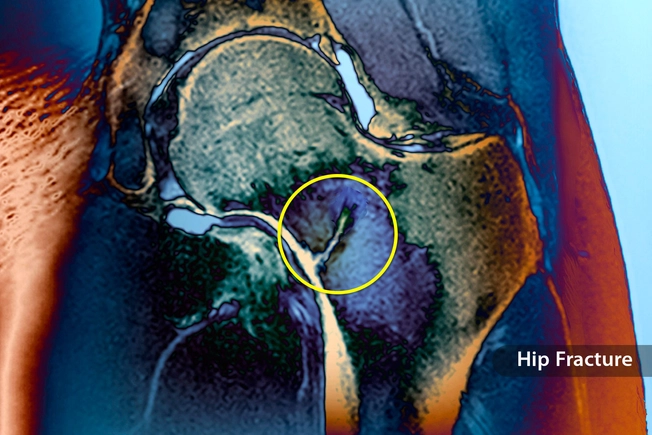
complications
Untreated osteoporosis can lead to multiple fractures over time. Spine and hip fractures are the most serious. They can leave you with a permanent disability and can raise your risk of death within the first year after your fracture.